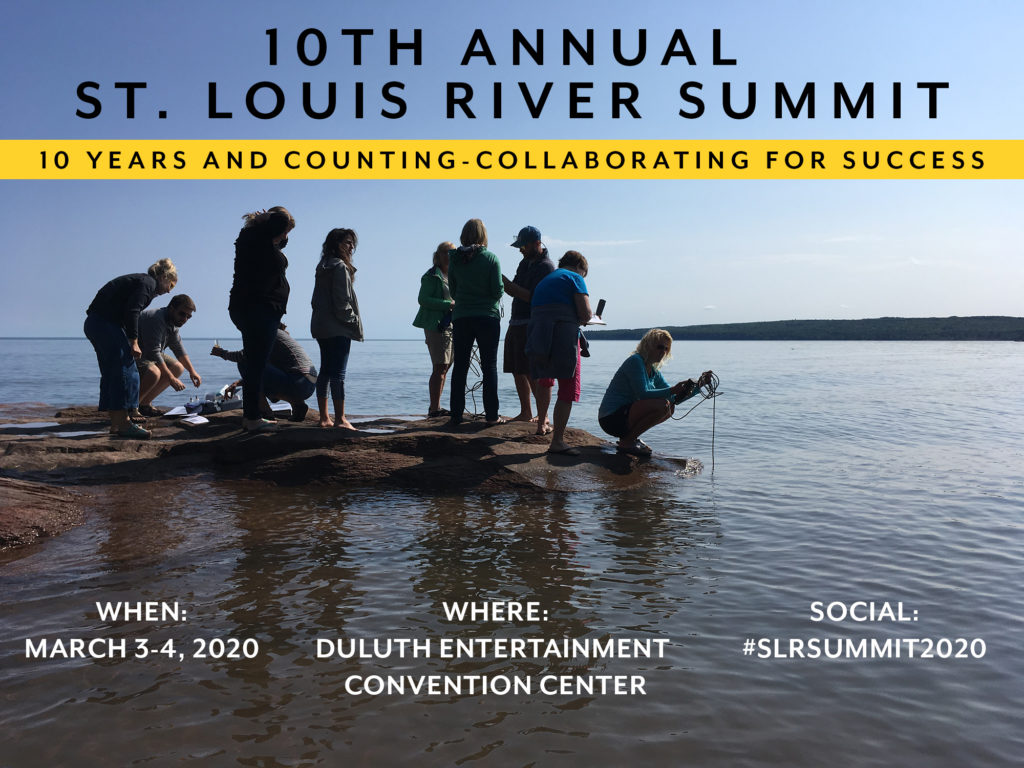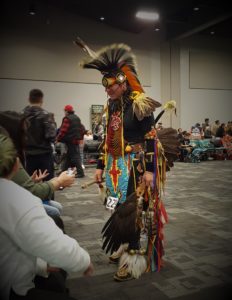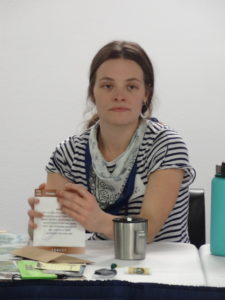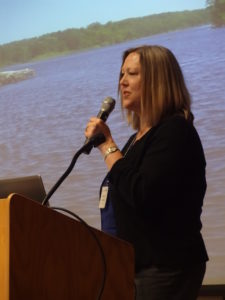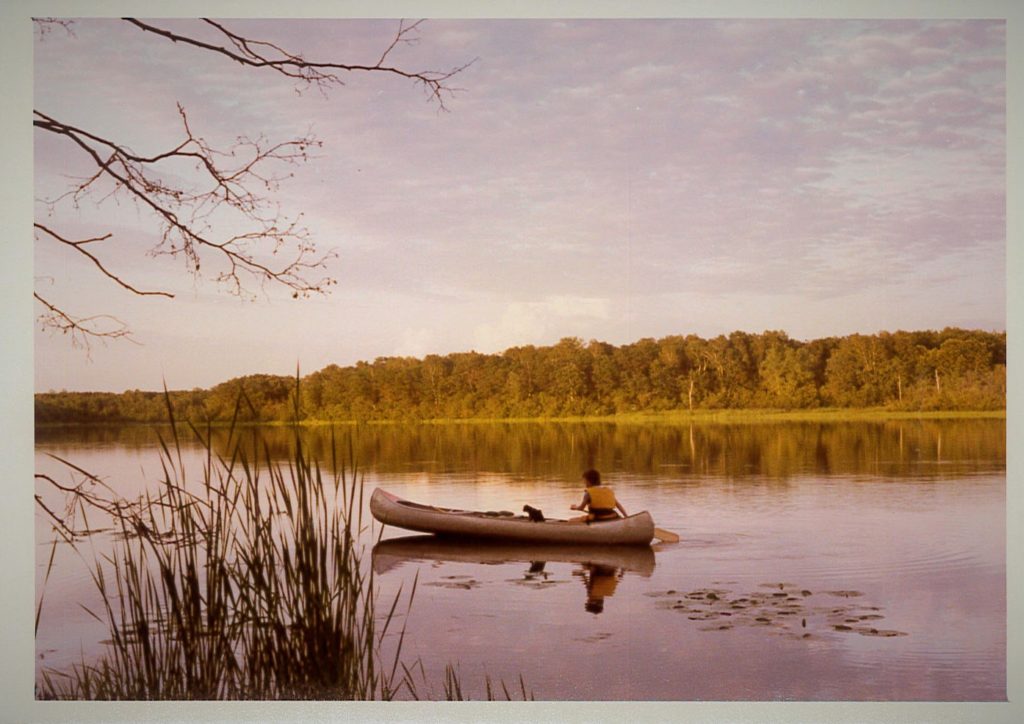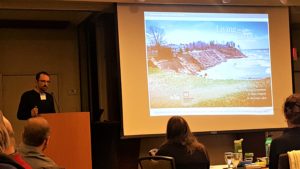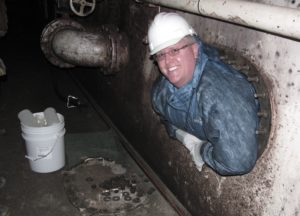Should I Stay or Should I Go? The Clash of Wetlands With Lake Levels, Invasives and Humans
 The River Talk series is partnering with Café Scientifique Twin Ports with a virtual talk at 7 p.m. Wednesday, Nov. 11, via Zoom. Dustin Haines, research coordinator with the Lake Superior National Estuarine Research Reserve will present, “Should I Stay or Should I Go? The Clash of Wetlands With lake Levels, Invasives and Humans.”
The River Talk series is partnering with Café Scientifique Twin Ports with a virtual talk at 7 p.m. Wednesday, Nov. 11, via Zoom. Dustin Haines, research coordinator with the Lake Superior National Estuarine Research Reserve will present, “Should I Stay or Should I Go? The Clash of Wetlands With lake Levels, Invasives and Humans.”
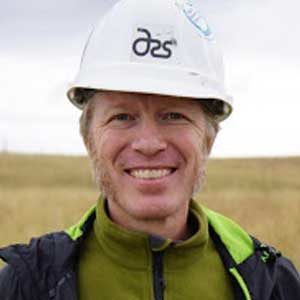
Dustin Haines
Wetlands are an essential key to having healthy rivers and estuaries, but they are sensitive to natural and human-caused changes in the environment. This presentation will provide an overview of changes in wetland plant communities of the St. Louis River Estuary due to Lake Superior water levels, invasive non-native plants and human action, including more recent changes seen at the Reserve’s Sentinel Site.
Here is the Zoom link and info:
https://uwmadison.zoom.us/j/97447413031?pwd=TkN2YjN5VGl0ODJtMWYzZGxCT2llUT09 Meeting ID: 974 4741 3031
Passcode: 424987
The talk will last an hour and will include time for Q&A. The talks will be recorded and posted afterward on the Reserve’s Facebook page. A summary will also be posted on Wisconsin Sea Grant’s blog.
Other River Talks will be held in 20201 on Jan. 13, Feb. 10, March 3, April 14 and May 12. The March talk will be held in conjunction with the St. Louis River Summit. For more information, visit the River Talks page: go.wisc.edu/4uz720.
River Talks are sponsored by The Lake Superior National Estuarine Research Reserve and the Wisconsin Sea Grant Program.
The post Should I Stay or Should I Go? The Clash of Wetlands With Lake Levels, Invasives and Humans appeared first on Wisconsin Sea Grant.
News Releases – Wisconsin Sea Grant
News Releases – Wisconsin Sea Grant
https://www.seagrant.wisc.edu/news/should-i-stay-or-should-i-go-the-clash-of-wetlands-with-lake-levels-invasives-and-humans/

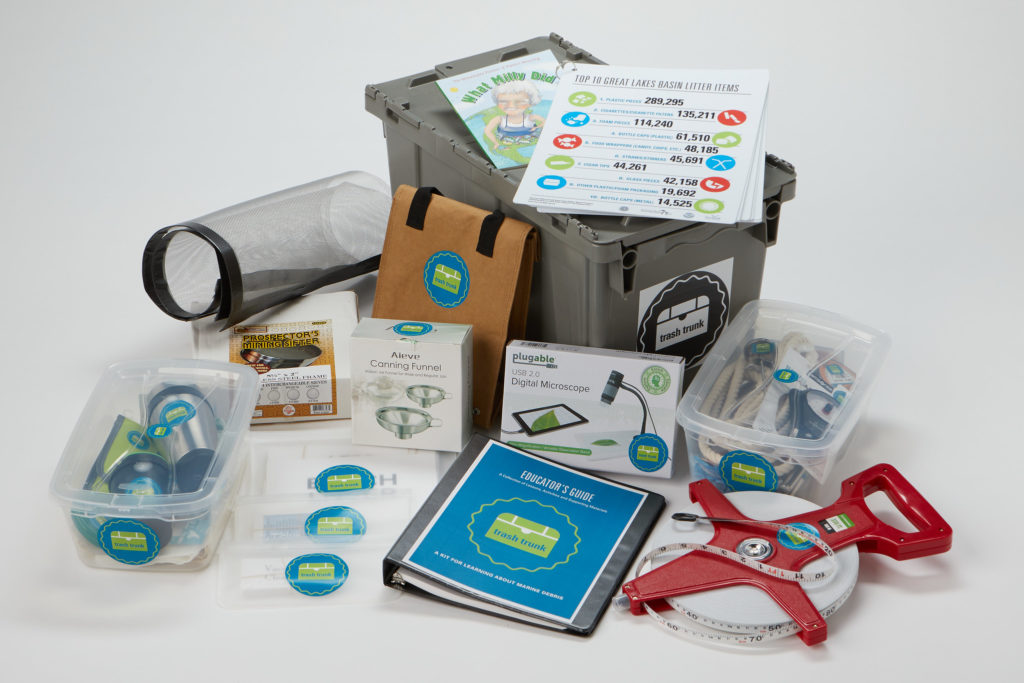 If you’re among the many who are looking for online learning materials for use at home, you might want to check out the Trash Trunk. This new learning kit focuses on trash found in our waterways, otherwise known as marine debris. Its free lessons are applicable for learners at levels kindergarten through adult in both formal and informal educational settings.
If you’re among the many who are looking for online learning materials for use at home, you might want to check out the Trash Trunk. This new learning kit focuses on trash found in our waterways, otherwise known as marine debris. Its free lessons are applicable for learners at levels kindergarten through adult in both formal and informal educational settings.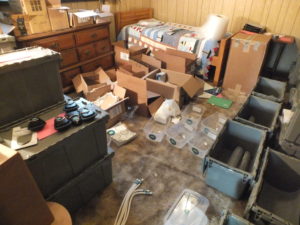
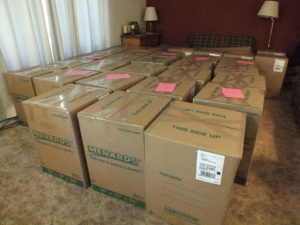
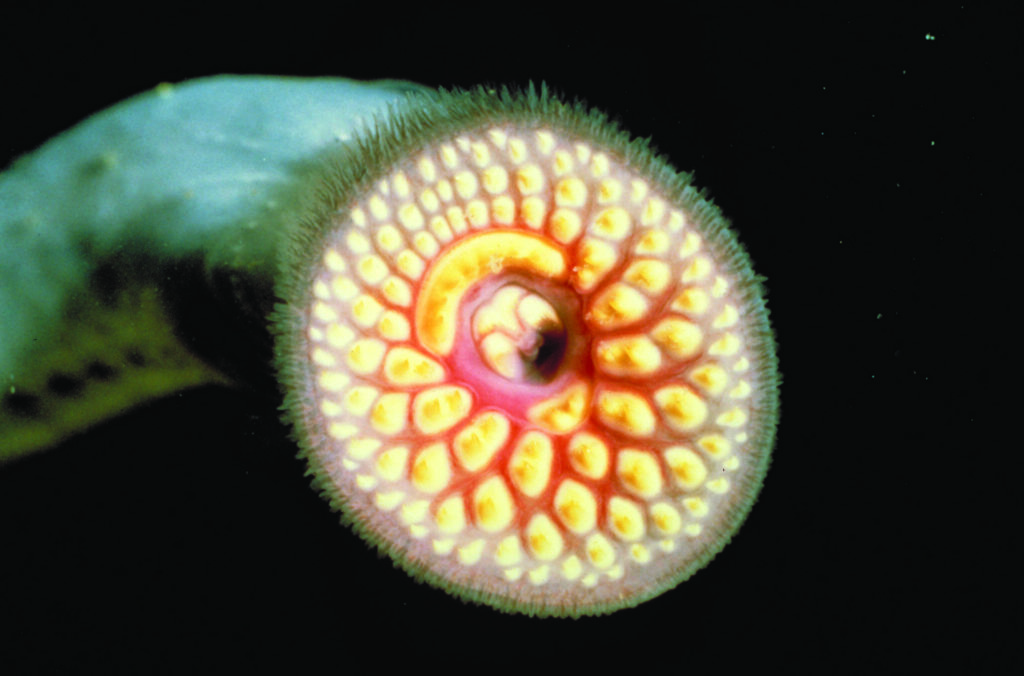
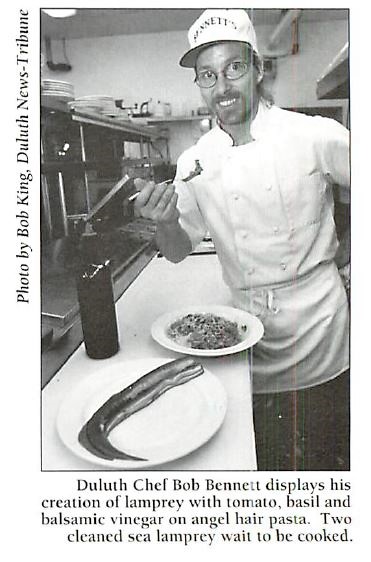 The Portuguese professor had given me several traditional sea lamprey recipes, at least one of which involved using lamprey blood. Ewww. Anyway, I showed these to Chef Bennett, and we came up with a taste-test plan. He would prepare two traditional recipes and create two of his own. Gunderson talked the original Lou of Lou’s Fish House in Two Harbors into smoking some lamprey for the taste test, as well.
The Portuguese professor had given me several traditional sea lamprey recipes, at least one of which involved using lamprey blood. Ewww. Anyway, I showed these to Chef Bennett, and we came up with a taste-test plan. He would prepare two traditional recipes and create two of his own. Gunderson talked the original Lou of Lou’s Fish House in Two Harbors into smoking some lamprey for the taste test, as well.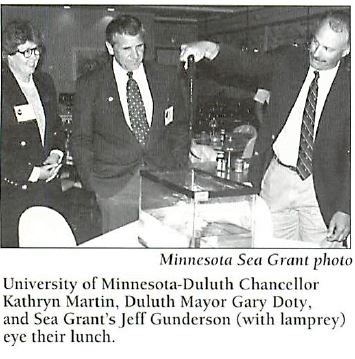 The highest rated dish was Bennett’s own lamprey stew with garlic mashed potatoes, rated 4.5 out of a possible 5. The smoked lamprey came in second, earning 3.7 out of 5. The taste of the lamprey came out more strongly in the traditional dishes, which did not suit these American taste-testers.
The highest rated dish was Bennett’s own lamprey stew with garlic mashed potatoes, rated 4.5 out of a possible 5. The smoked lamprey came in second, earning 3.7 out of 5. The taste of the lamprey came out more strongly in the traditional dishes, which did not suit these American taste-testers.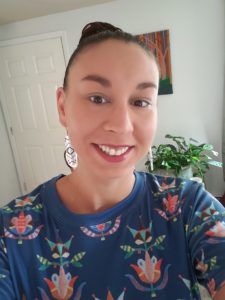
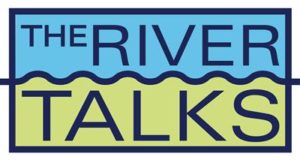 Two speakers will offer virtual talks at 7 p.m. Wednesday, Oct. 14, via Zoom. Brandon Krumwiede, Great Lakes geospatial coordinator with NOAA’s Office for Coastal Management, will present, “Water Level Change Impacts in the St. Louis River Estuary.” Over the past several years, water level changes from near-record lows to near-record highs have altered the shorelines along Lake Superior and the estuary. Krumwiede’s presentation will provide an overview of the interplay between water levels and physical changes seen along the shorelines.
Two speakers will offer virtual talks at 7 p.m. Wednesday, Oct. 14, via Zoom. Brandon Krumwiede, Great Lakes geospatial coordinator with NOAA’s Office for Coastal Management, will present, “Water Level Change Impacts in the St. Louis River Estuary.” Over the past several years, water level changes from near-record lows to near-record highs have altered the shorelines along Lake Superior and the estuary. Krumwiede’s presentation will provide an overview of the interplay between water levels and physical changes seen along the shorelines.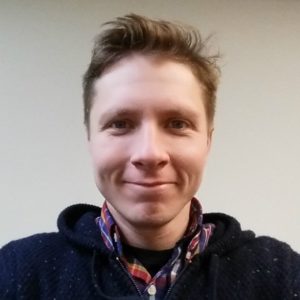
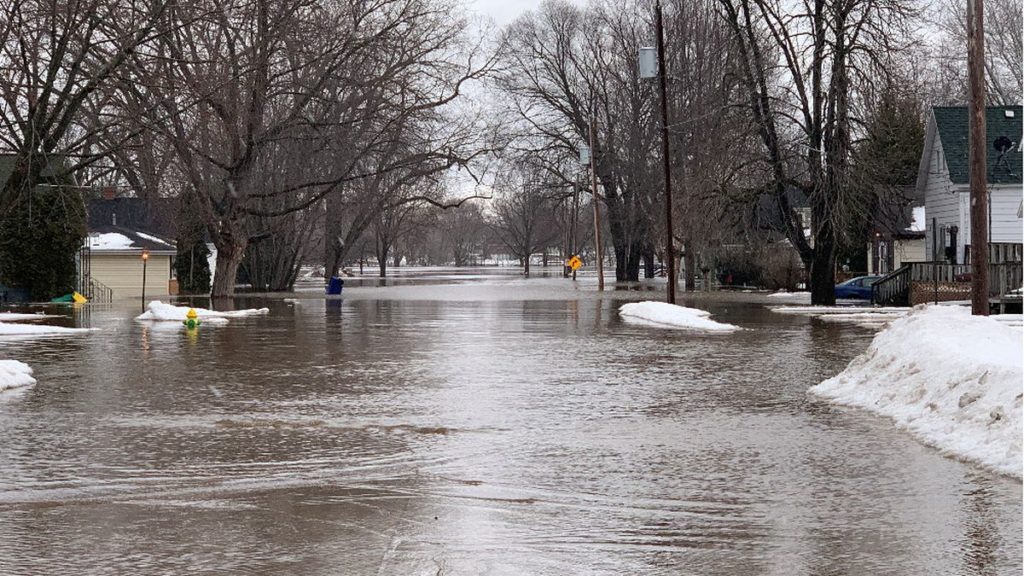
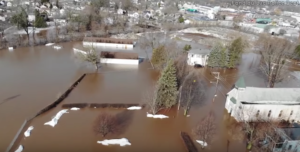
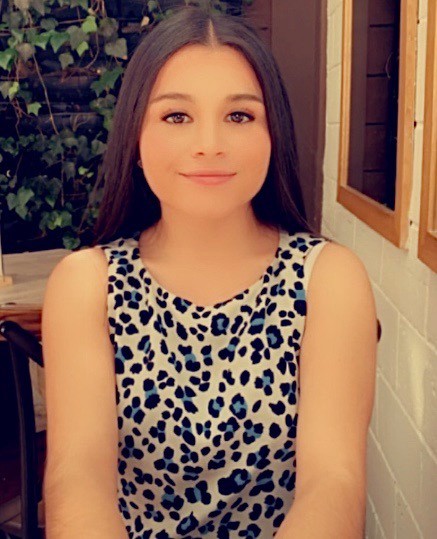
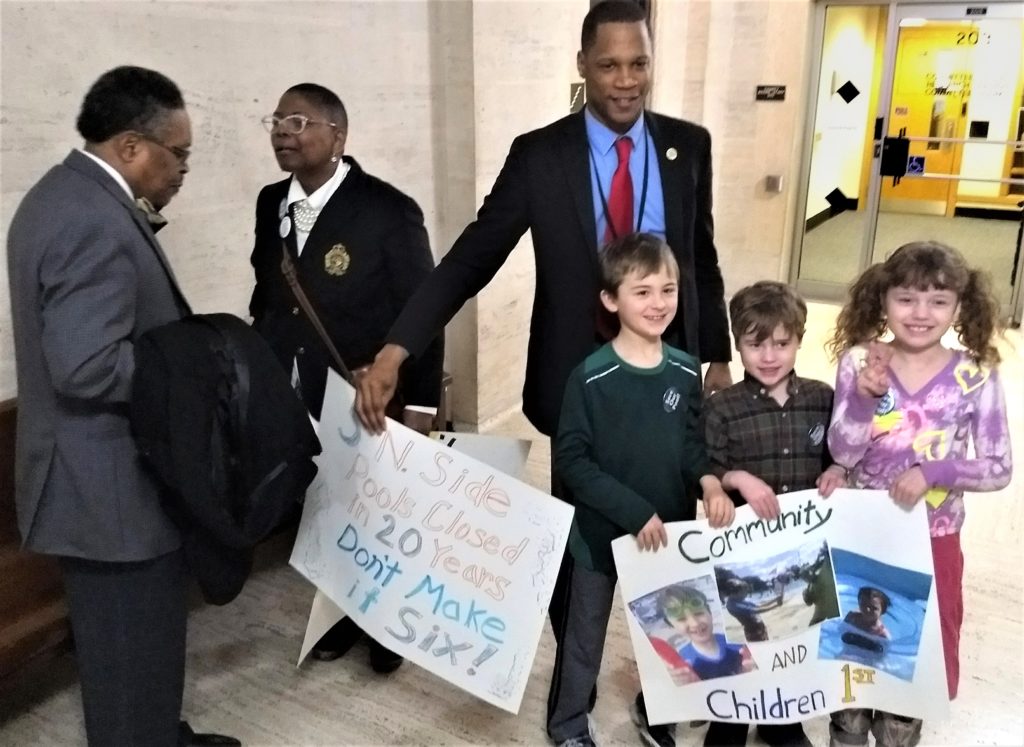
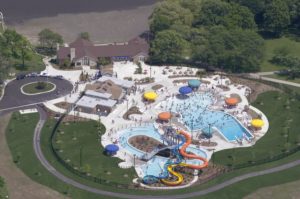
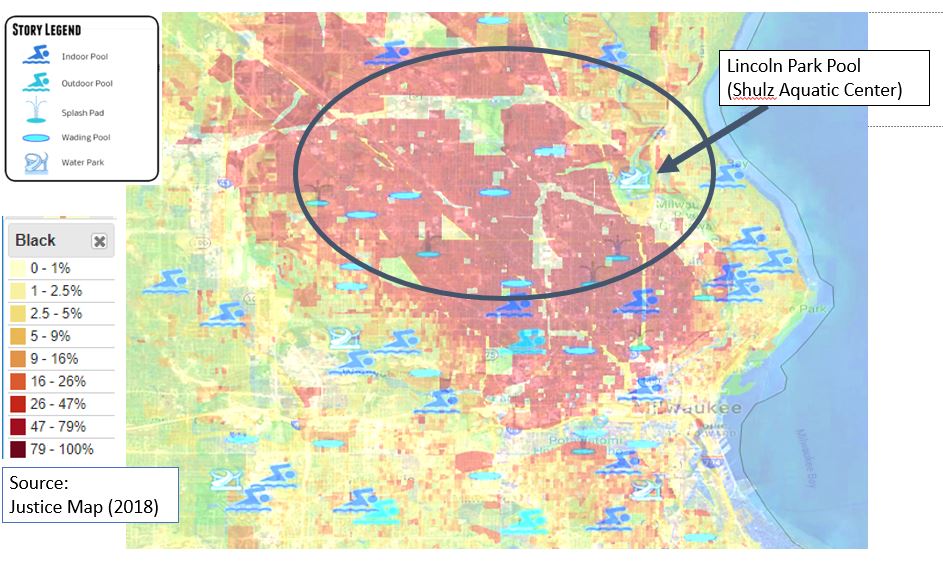
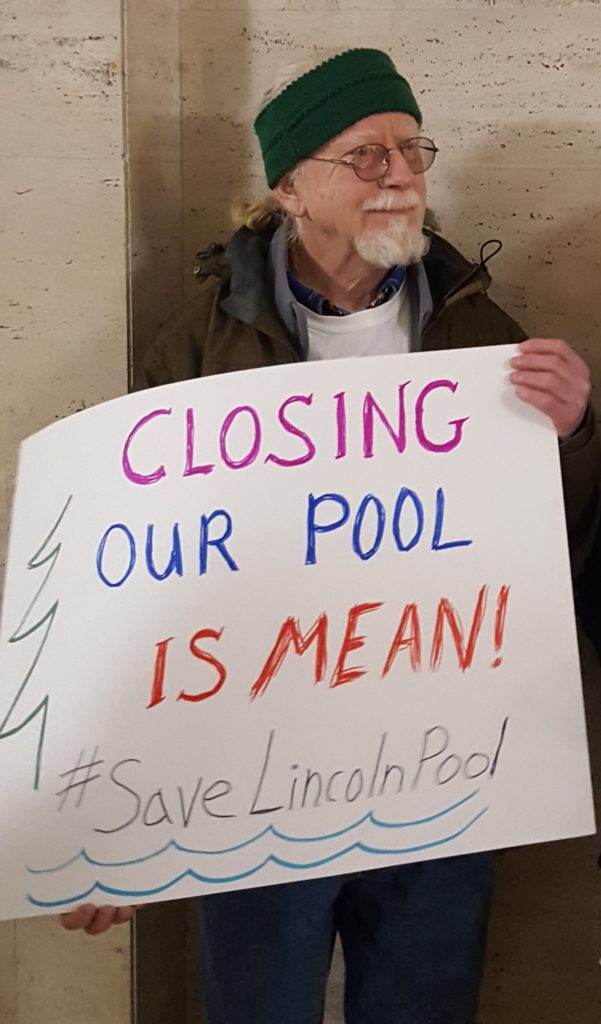
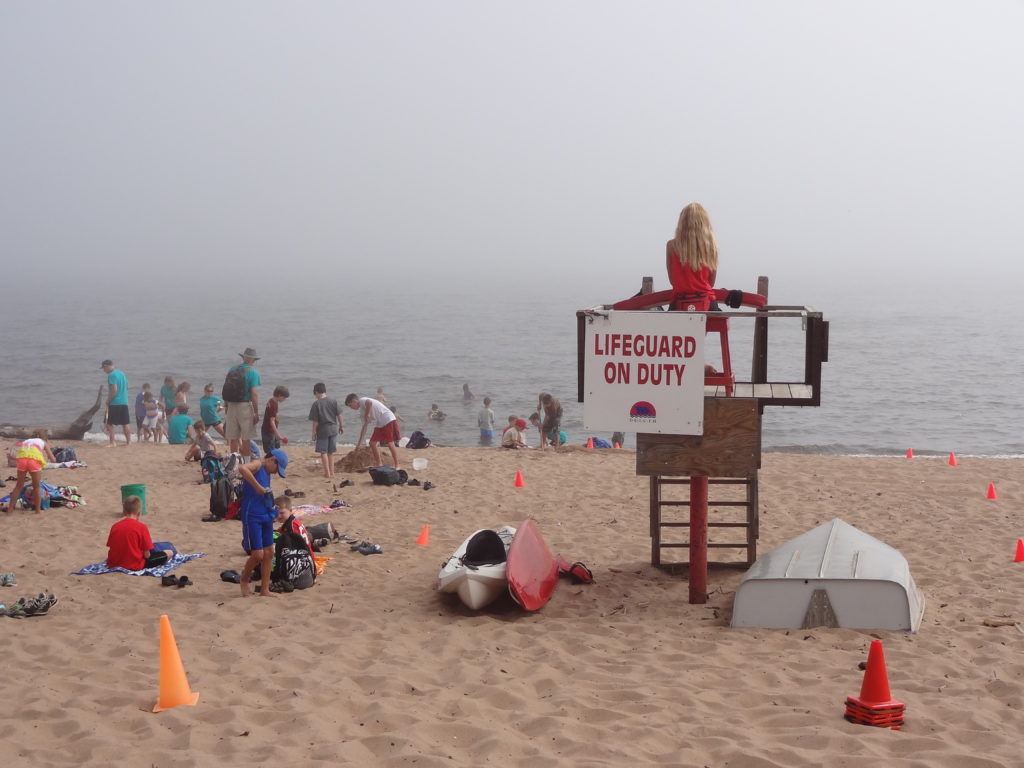
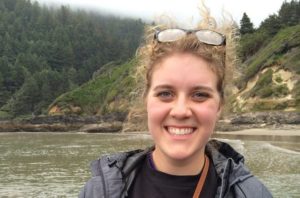
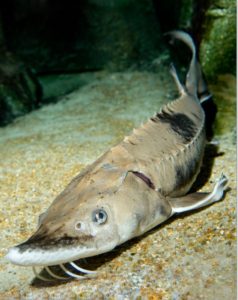
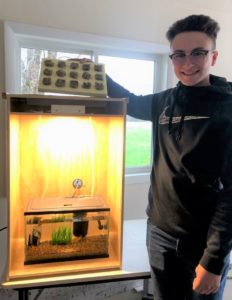
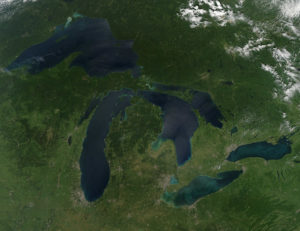
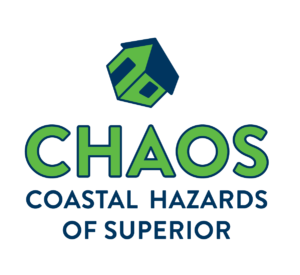 Information provided by Melanie Perello, Minnesota Department of Natural Resources
Information provided by Melanie Perello, Minnesota Department of Natural Resources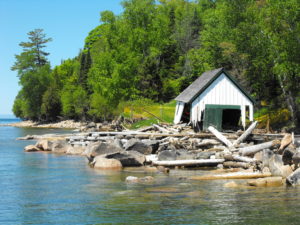
 The River Talk series is changing format for the final talk for this academic year. At 7 p.m. on Wednesday, May 13, via Zoom, Sam Hansen, former undergraduate research fellow with the Lake Superior National Estuarine Research Reserve, will present, “Deterring Geese on the St. Louis River to Protect Wild Rice.”
The River Talk series is changing format for the final talk for this academic year. At 7 p.m. on Wednesday, May 13, via Zoom, Sam Hansen, former undergraduate research fellow with the Lake Superior National Estuarine Research Reserve, will present, “Deterring Geese on the St. Louis River to Protect Wild Rice.”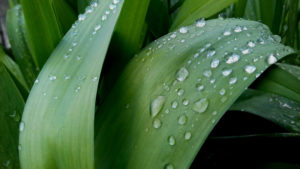
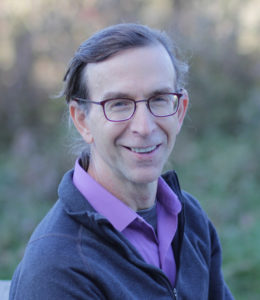
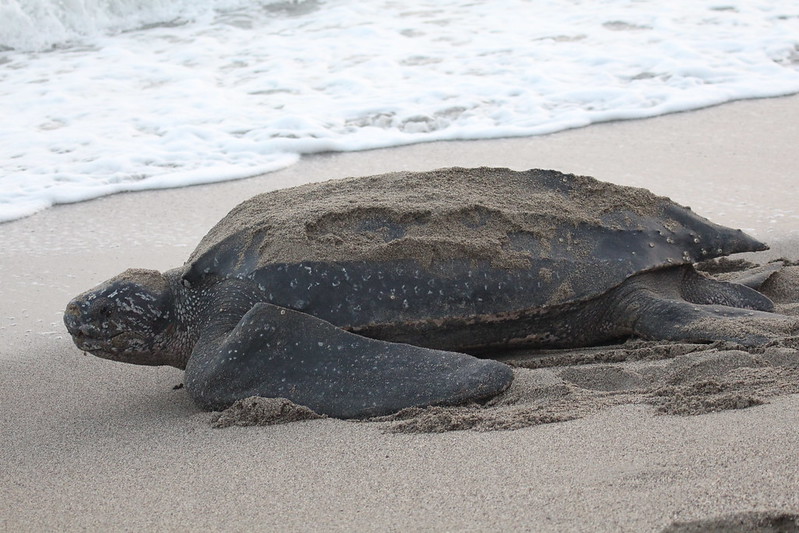
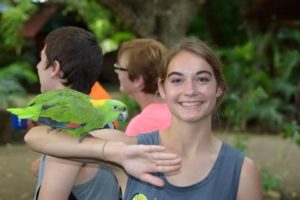
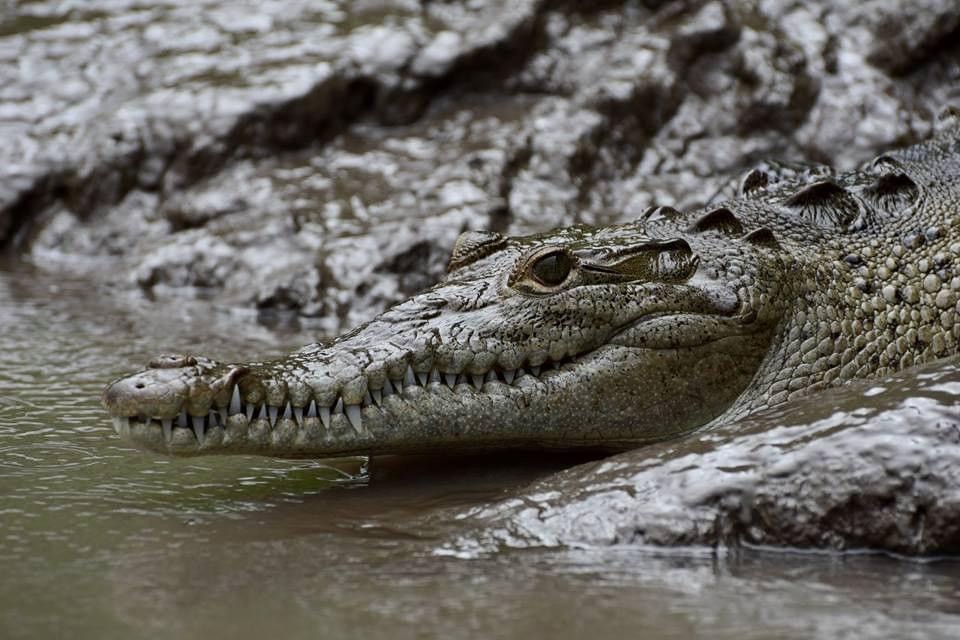
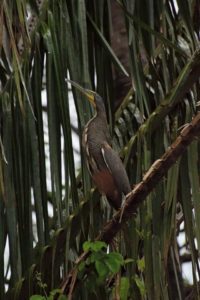
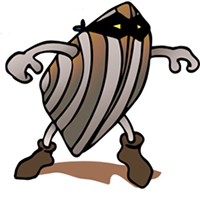 This was a tournament we offered last year where 16 species competed for the title of “Least Wanted Aquatic Invasive Species in Wisconsin.” The game was widely publicized and was hosted by our AIS staffers. The winner(s)? Zebra and quagga mussels. Read more about the results
This was a tournament we offered last year where 16 species competed for the title of “Least Wanted Aquatic Invasive Species in Wisconsin.” The game was widely publicized and was hosted by our AIS staffers. The winner(s)? Zebra and quagga mussels. Read more about the results 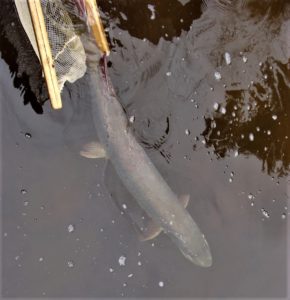
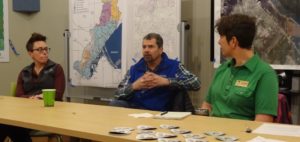 This was another story written by our River Talks student blogger. This talk in the monthly series featured a panel of local urban stream experts: Tiffany Sprague with the University of Minnesota Duluth Natural Resources Research Institute, Andrea Crouse with the city of Superior and Todd Carlson with the city of Duluth. They highlighted the many environmental and lifestyle impacts we have on our urban streams.
This was another story written by our River Talks student blogger. This talk in the monthly series featured a panel of local urban stream experts: Tiffany Sprague with the University of Minnesota Duluth Natural Resources Research Institute, Andrea Crouse with the city of Superior and Todd Carlson with the city of Duluth. They highlighted the many environmental and lifestyle impacts we have on our urban streams.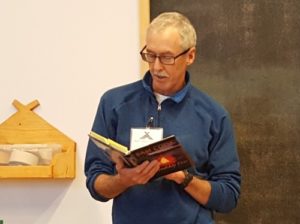
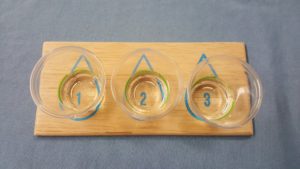
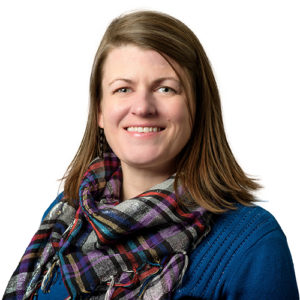
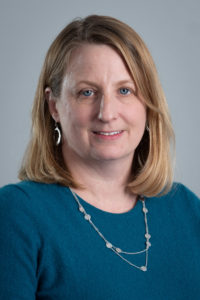

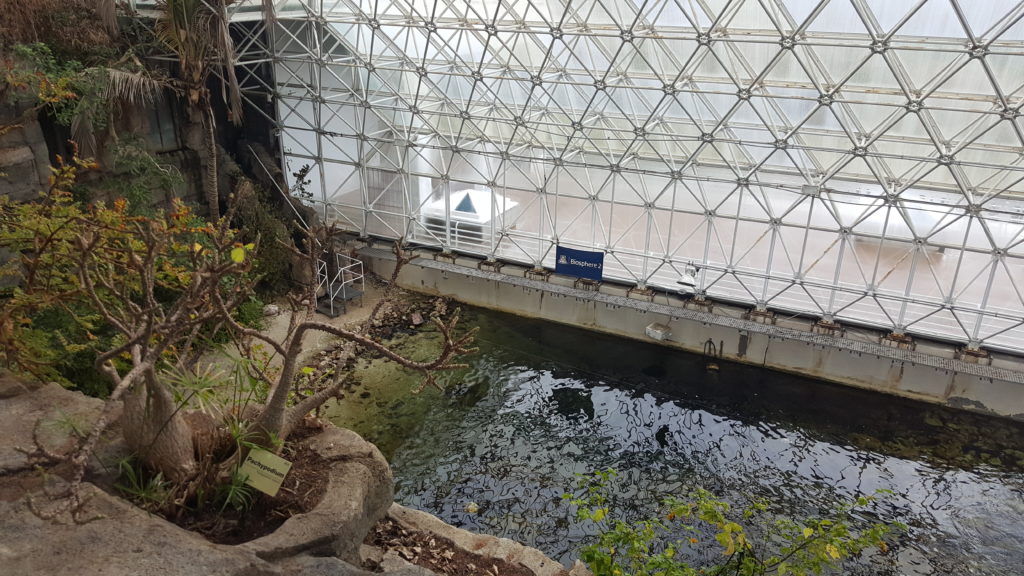
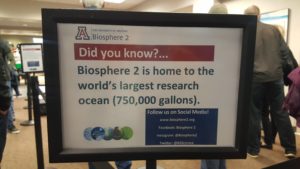
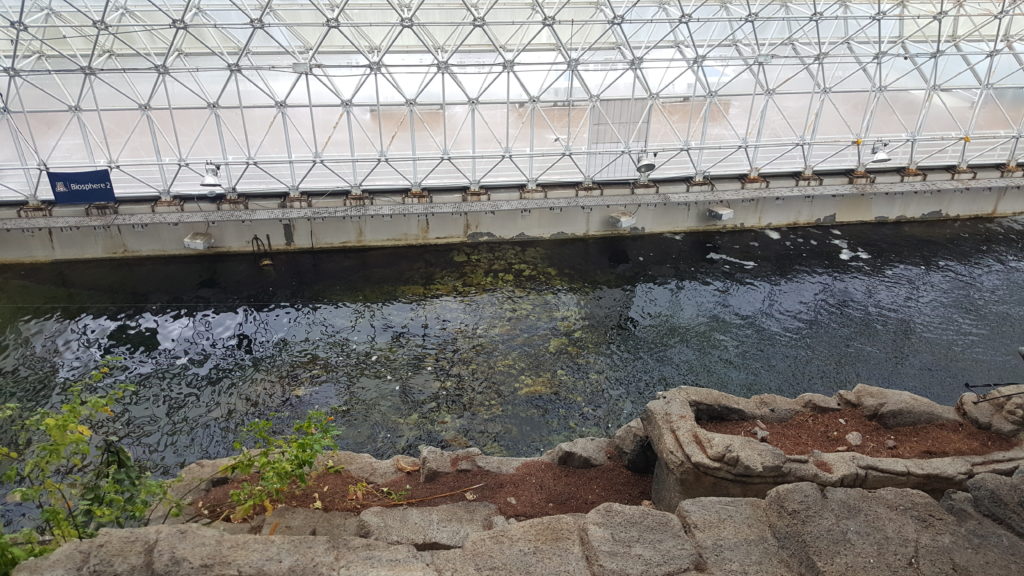
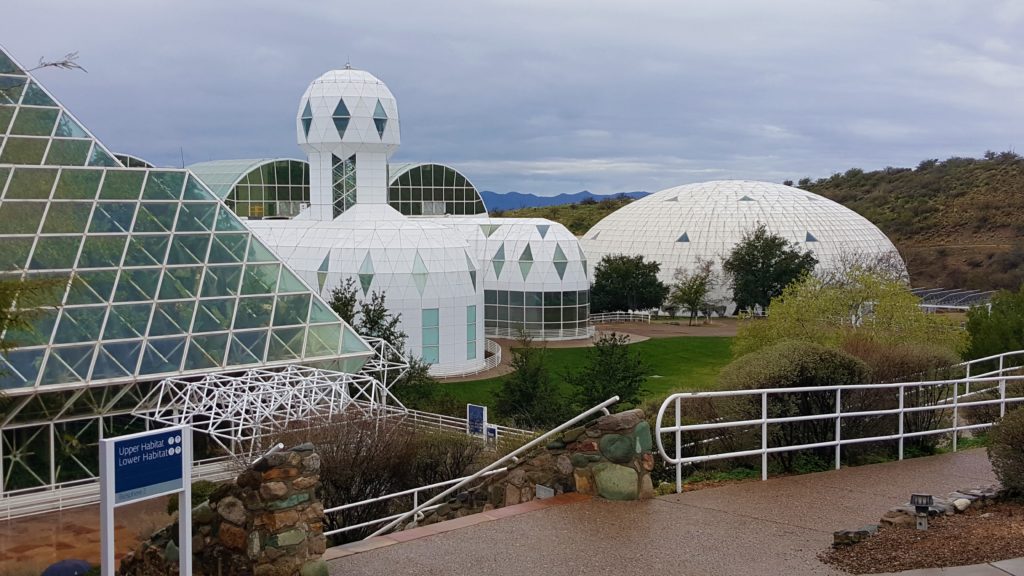
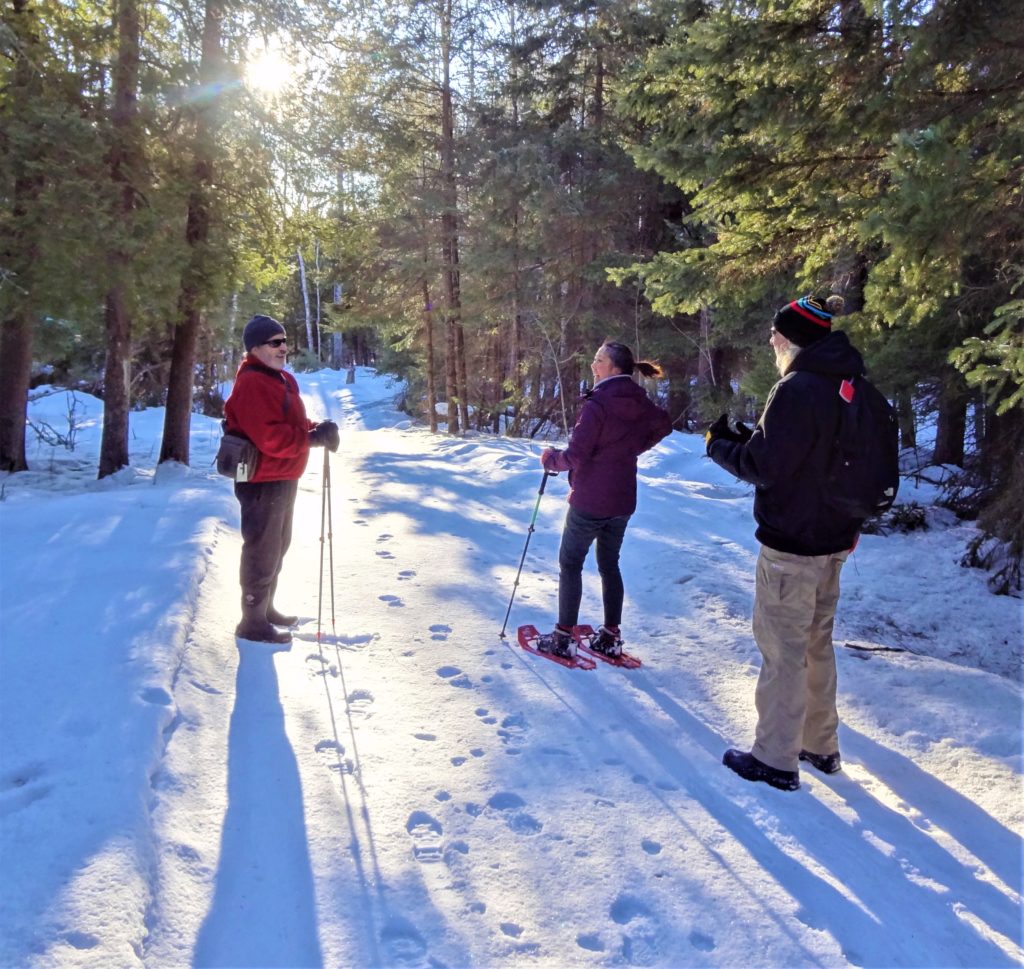
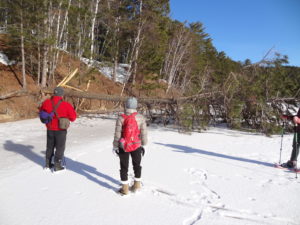
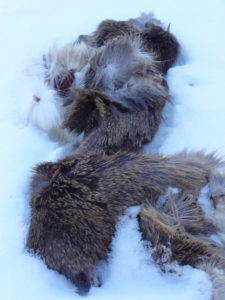
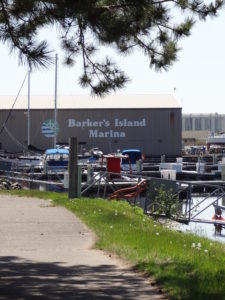
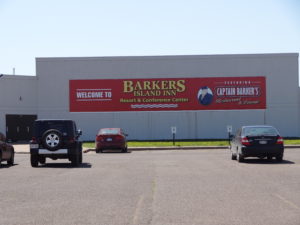
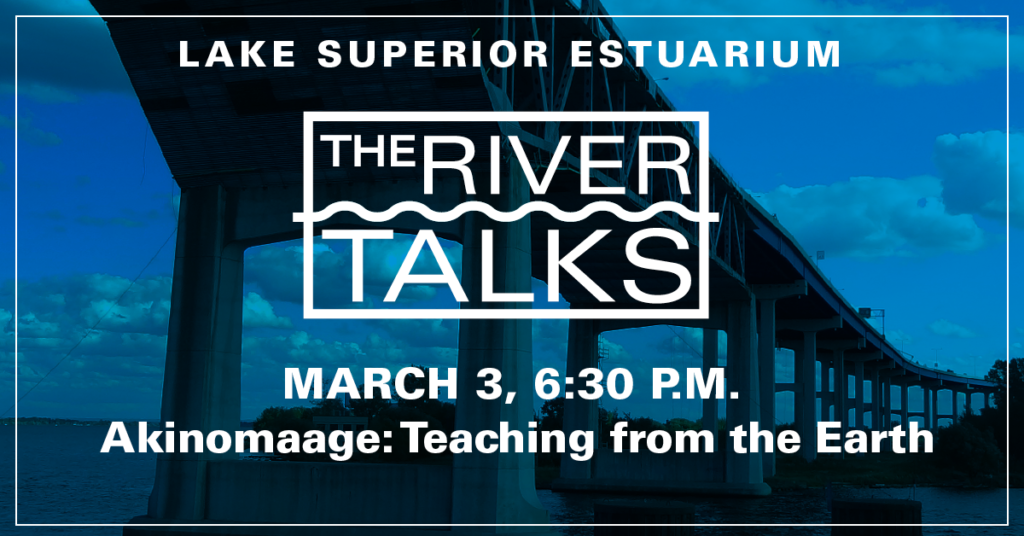 The River Talk series continues this month, but will be held in a different location and day of the week. At 6:30 p.m. on Tuesday, March 3, in the French River Room 1 at the Duluth Entertainment Convention Center (350 Harbor Drive, Duluth, Minnesota), Vern Northrup, member of the Fond du Lac Tribe of Lake Superior Chippewa, will present “Akinomaage: Teaching From the Earth.” Northrup will discuss how he uses photography as a tool to educate both himself and viewers about the rhythms of nature, the preservation of tradition, and the relationship between resilience and sustainability.
The River Talk series continues this month, but will be held in a different location and day of the week. At 6:30 p.m. on Tuesday, March 3, in the French River Room 1 at the Duluth Entertainment Convention Center (350 Harbor Drive, Duluth, Minnesota), Vern Northrup, member of the Fond du Lac Tribe of Lake Superior Chippewa, will present “Akinomaage: Teaching From the Earth.” Northrup will discuss how he uses photography as a tool to educate both himself and viewers about the rhythms of nature, the preservation of tradition, and the relationship between resilience and sustainability.